- Coast-to-coast: San Francisco to Savannah (Part 1)
- Coast-to-coast: San Francisco to Savannah (Part 2)
- Coast-to-coast: San Francisco to Savannah (Part 3)
- Coast-to-coast: San Francisco to Savannah (Part 4)
- Coast-to-coast: San Francisco to Savannah (Part 5)
- Coast-to-coast: San Francisco to Savannah (Part 6)
- Coast-to-coast: San Francisco to Savannah (Part 7)
- Coast-to-coast: San Francisco to Savannah (Part 8)
- Coast-to-coast: San Francisco to Savannah (Part 9)
- Coast-to-coast: San Francisco to Savannah (Part 10)
- Coast-to-coast: San Francisco to Savannah (Part 11)
- Coast-to-coast: San Francisco to Savannah (Part 12)
- Coast-to-coast: San Francisco to Savannah (Part 13)
- Coast-to-coast: San Francisco to Savannah (Part 14)
- Coast-to-coast: San Francisco to Savannah (Part 15)
- Coast-to-coast: San Francisco to Savannah (Part 16)
- Coast-to-coast: San Francisco to Savannah (Part 17)
- Coast-to-coast: San Francisco to Savannah (Part 18)
- Coast-to-coast: San Francisco to Savannah (Part 19)
- Coast-to-coast: San Francisco to Savannah (Part 20)
- Coast-to-coast: San Francisco to Savannah (Part 21)
- Coast-to-coast: San Francisco to Savannah (Part 22)
- Coast-to-coast: San Francisco to Savannah (Part 23)
- Coast-to-coast: San Francisco to Savannah (Part 24)
- Coast-to-coast: San Francisco to Savannah (Part 25)
- Coast-to-coast: San Francisco to Savannah (Part 26)
- Coast-to-coast: San Francisco to Savannah (Part 27)
- Coast-to-coast: San Francisco to Savannah (Part 28)
April 13, 2024
Coast-to-coast: San Francisco to Savannah (Part 13)
By Simon J. Lau
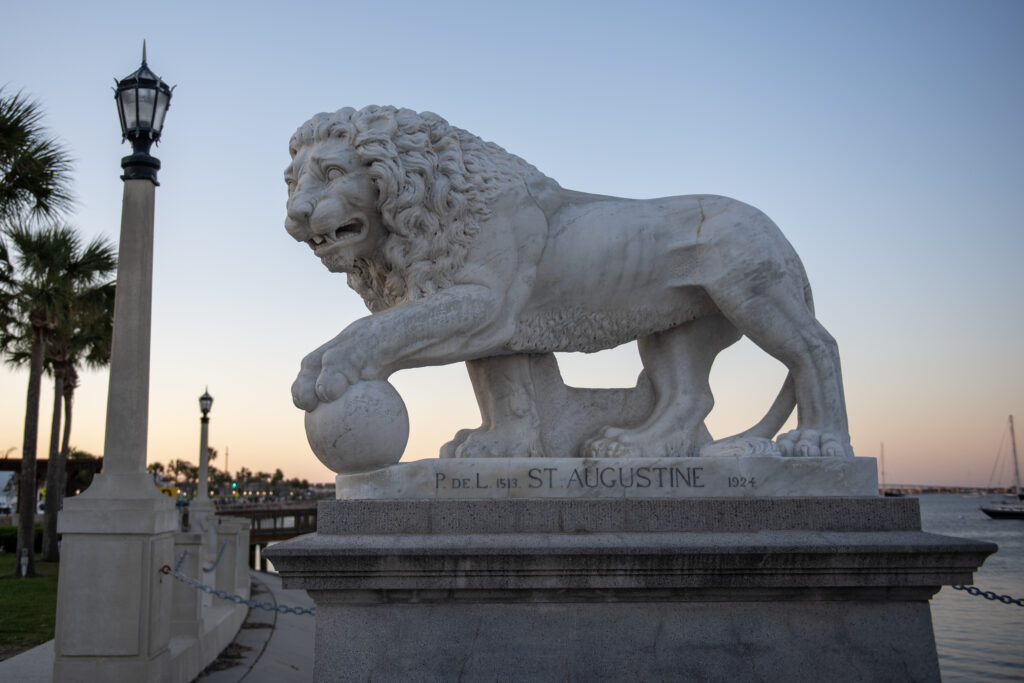
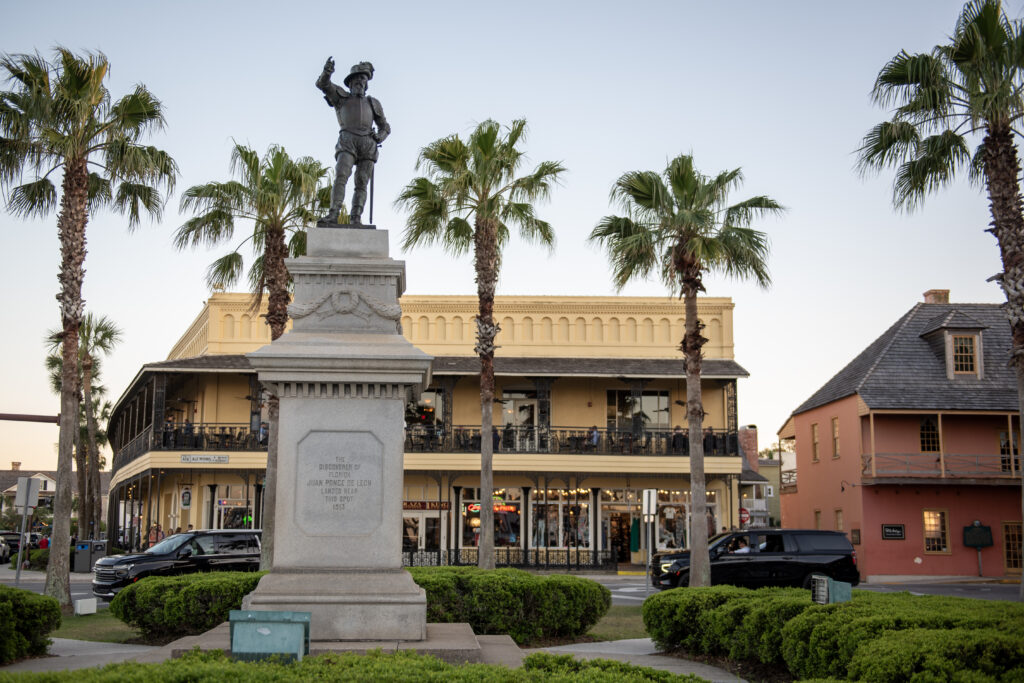
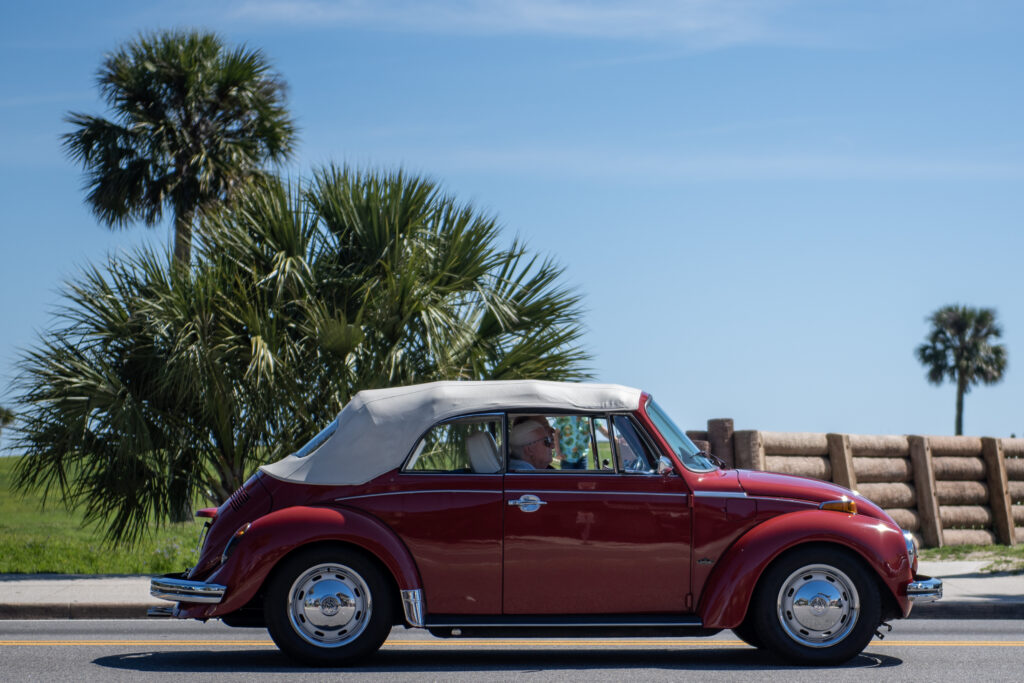
St. Augustine, the oldest continuously inhabited European-established settlement in the United States, dates back to its founding by Spanish explorers in 1565. We arrived here yesterday and plan to stay another night. Despite not knowing much about this town until recently, I’ve so far been very impressed by it.

Arguably the most prominent building in St. Augustine’s city center is the Alcazar Hotel. Constructed in 1888 by industrialist Henry Flagler, it was among the grand hotels along his Florida East Coast Railway. The hotel includes luxurious amenities such as a casino, Turkish and Russian baths, and a grand ballroom, drawing affluent guests from across the nation. Today, the Alcazar Hotel building houses the Lightner Museum, which exhibits Gilded Age artifacts and decorative arts.
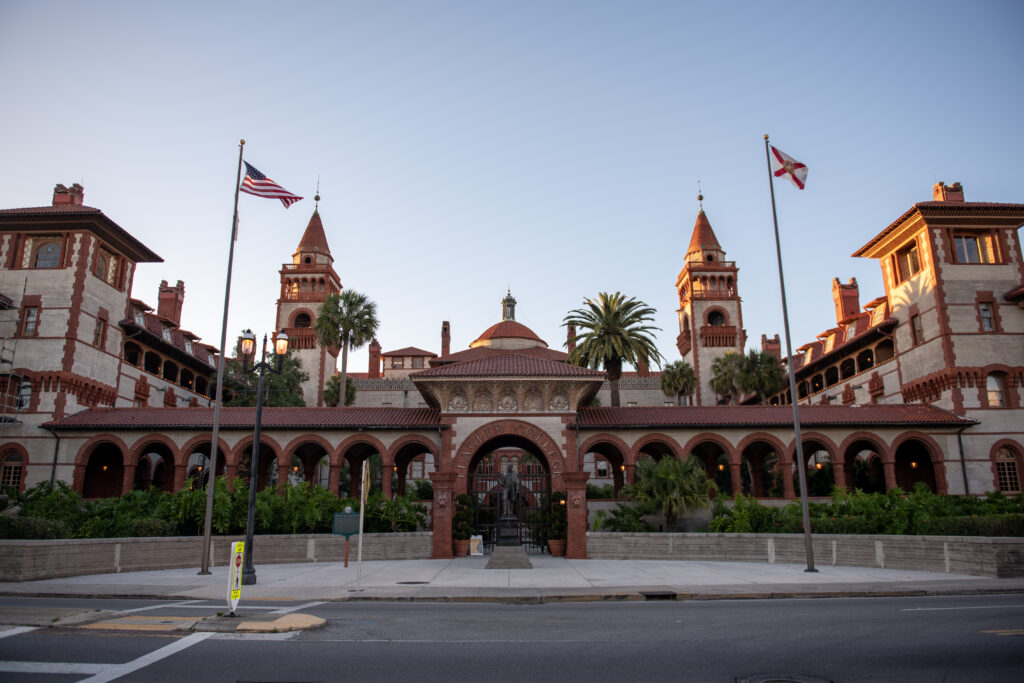
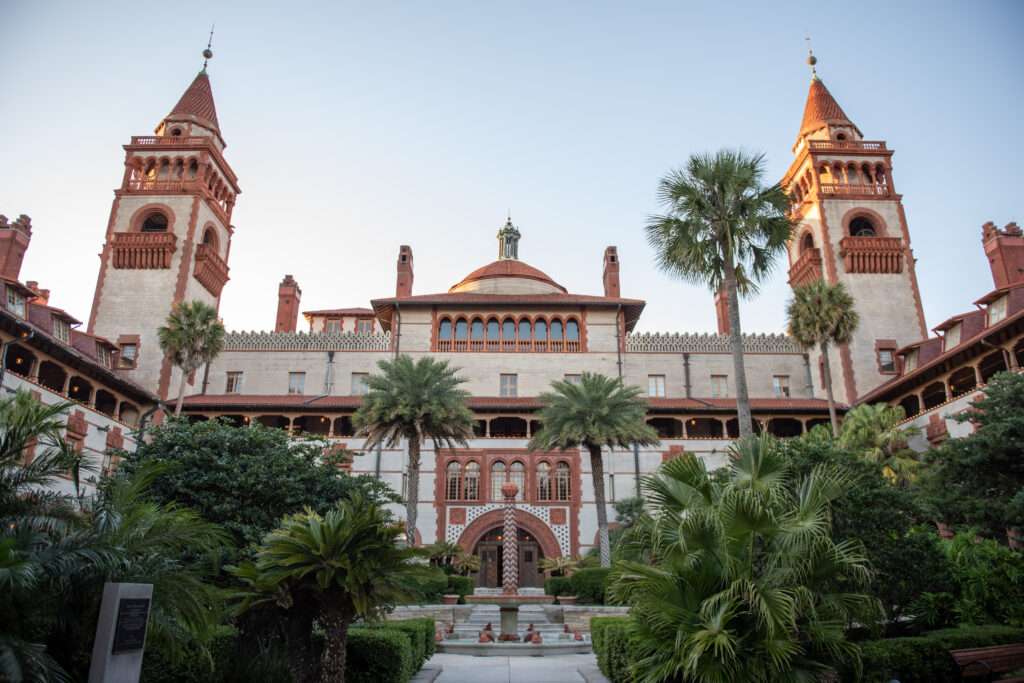
Flagler College, a private liberal arts institution, occupies large parts of St. Augustine’s historic city center. It was originally erected in 1888 as the Ponce de León Hotel by Henry Flagler. Flagler, an American industrialist, pioneered the development of Florida. He co-founded Standard Oil with John D. Rockefeller, amassing great wealth in the late 19th century. He then set his sights and investments in Florida’s infrastructure, particularly the development of the Florida East Coast Railway and luxury hotels. These investments transformed the state into a tourist destination.

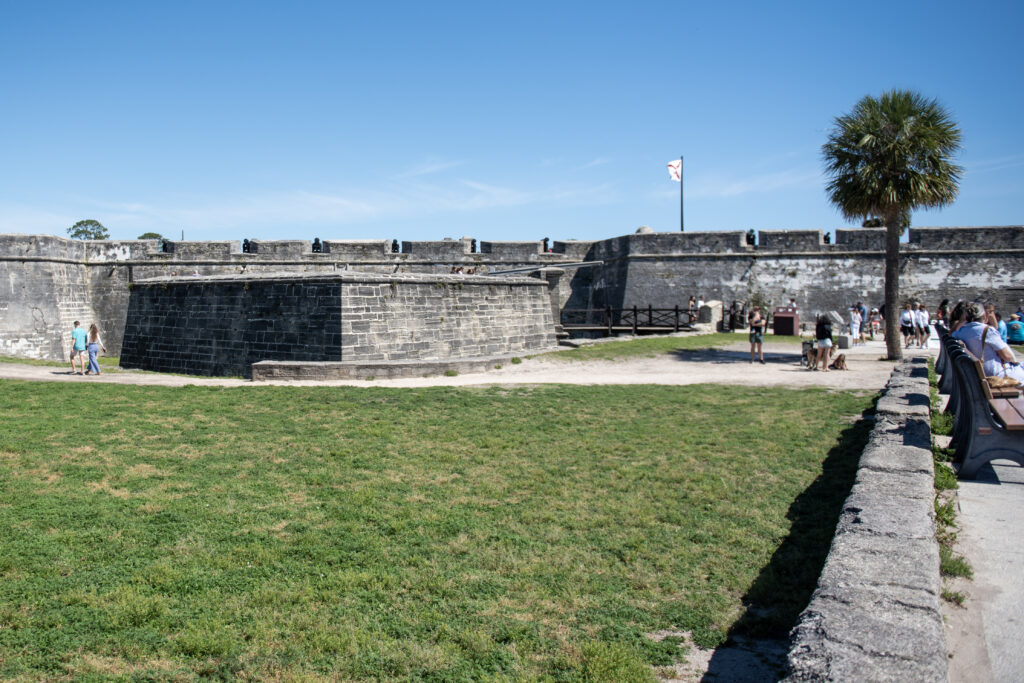
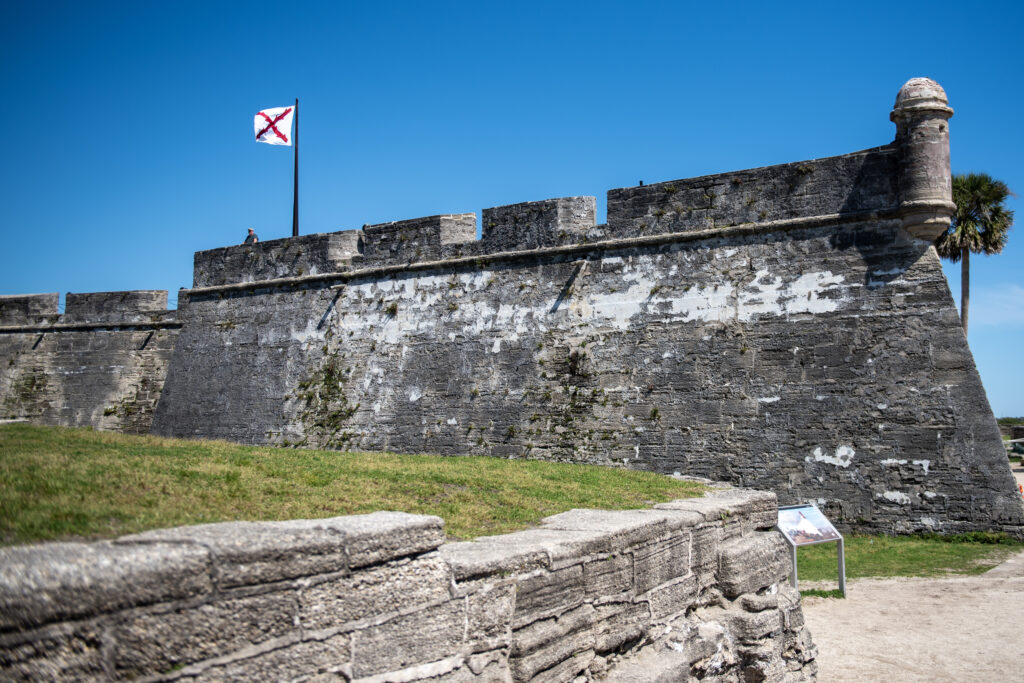
This morning, we explored Castillo de San Marcos National Monument, the oldest masonry fort in the continental United States. Built by the Spanish between 1672 and 1695, it functioned as a military stronghold to safeguard Spanish colonial interests in Florida. Crafted from coquina stone, the fort is celebrated for its distinctive architectural style and durability. Regrettably, unlike yesterday’s car museum, this monument didn’t permit dogs, so we settled on exploring the surrounding area.
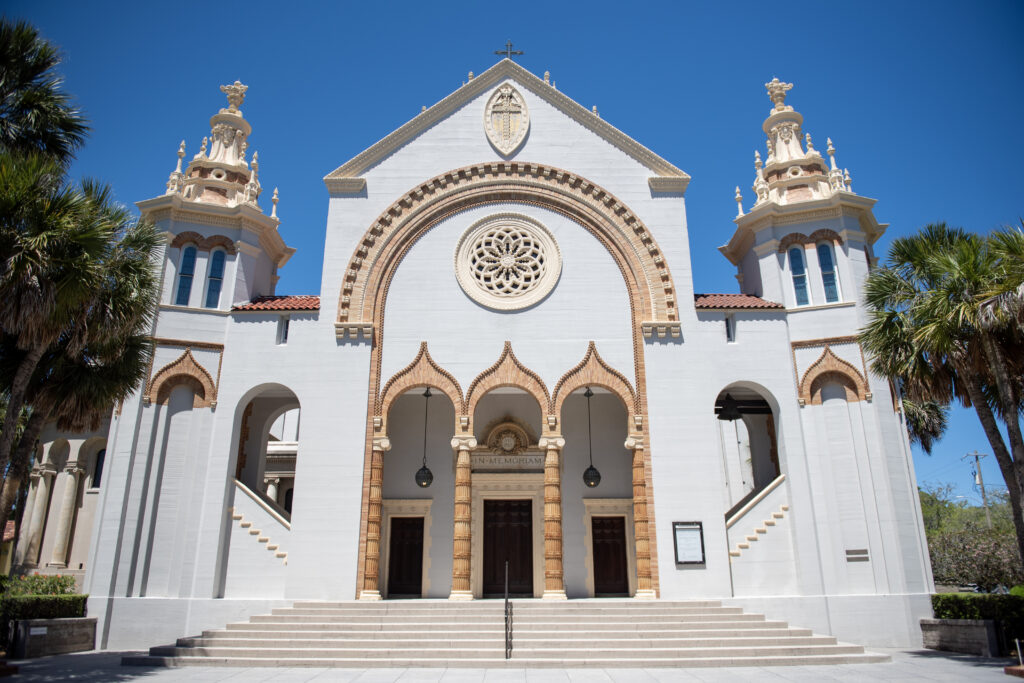
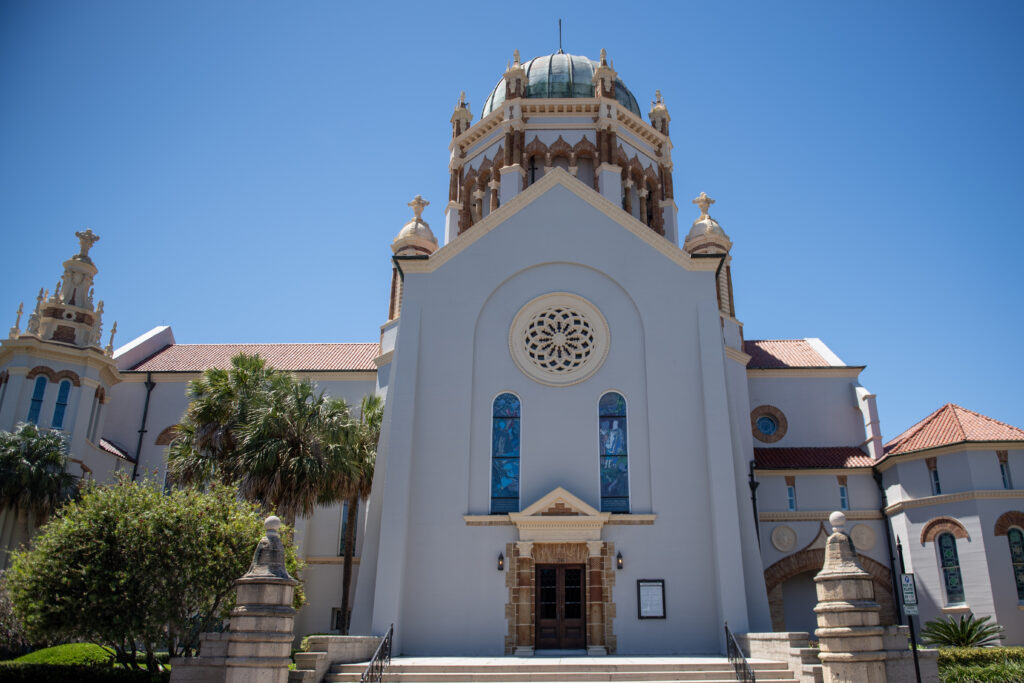
Later, we passed by the Memorial Presbyterian Church. Constructed in the late 19th century, the church showcases a fusion of Gothic Revival and Romanesque architectural styles, distinguished by its towering spires, intricate stone carvings, and stained glass windows. Completed in 1890, the church was erected as a tribute to Henry Flagler’s daughter, Jennie Louise Benedict. Clearly, Henry had a significant say in both St. Augustine’s urban development and church affairs!
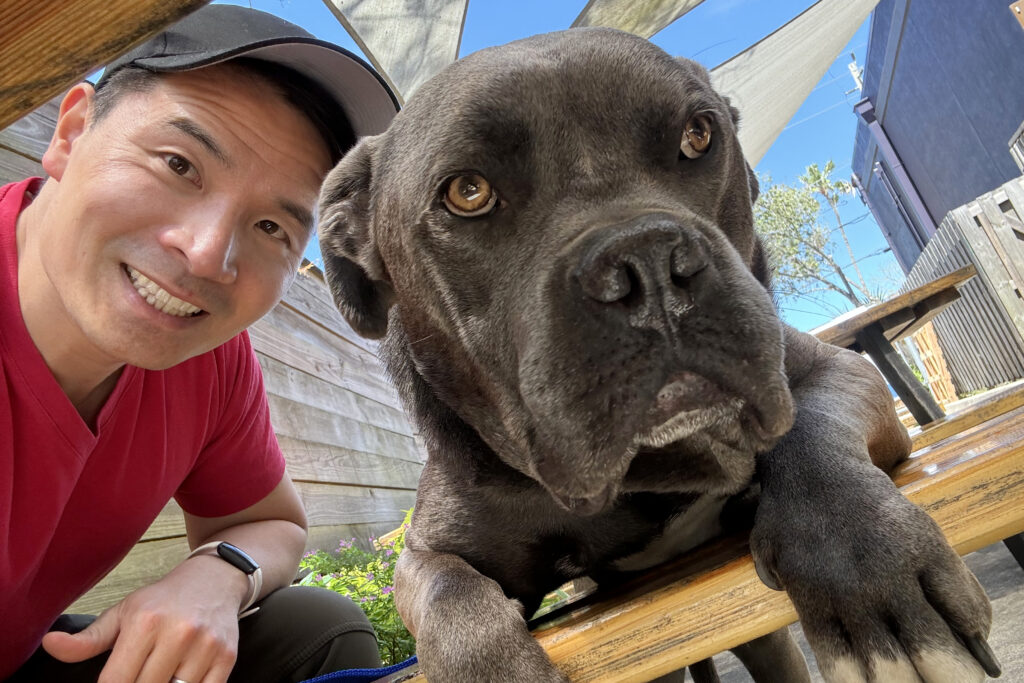
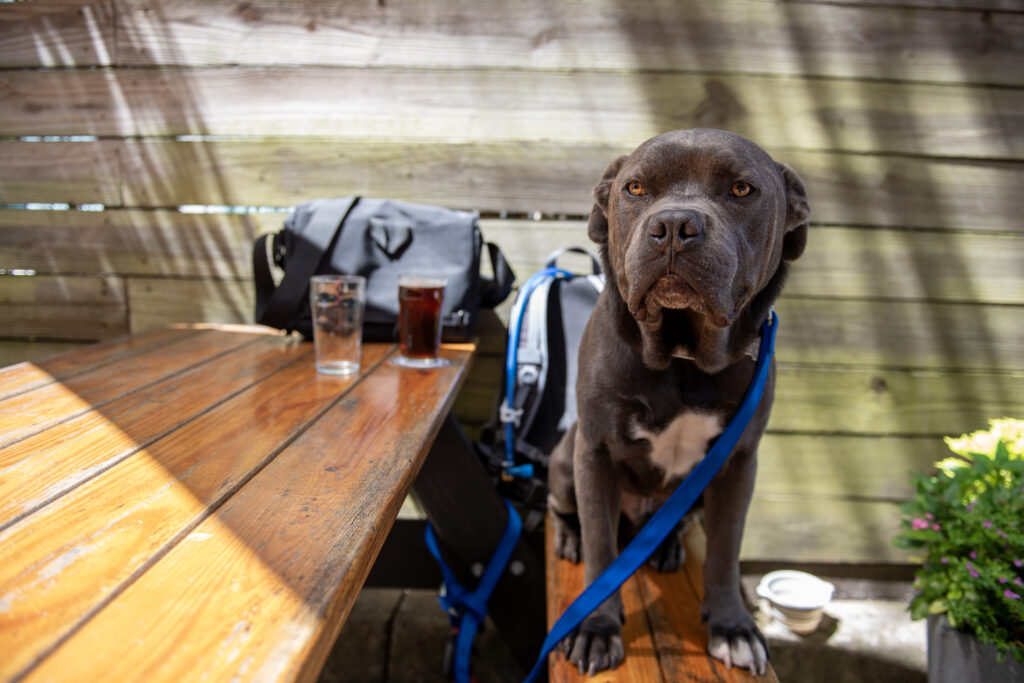
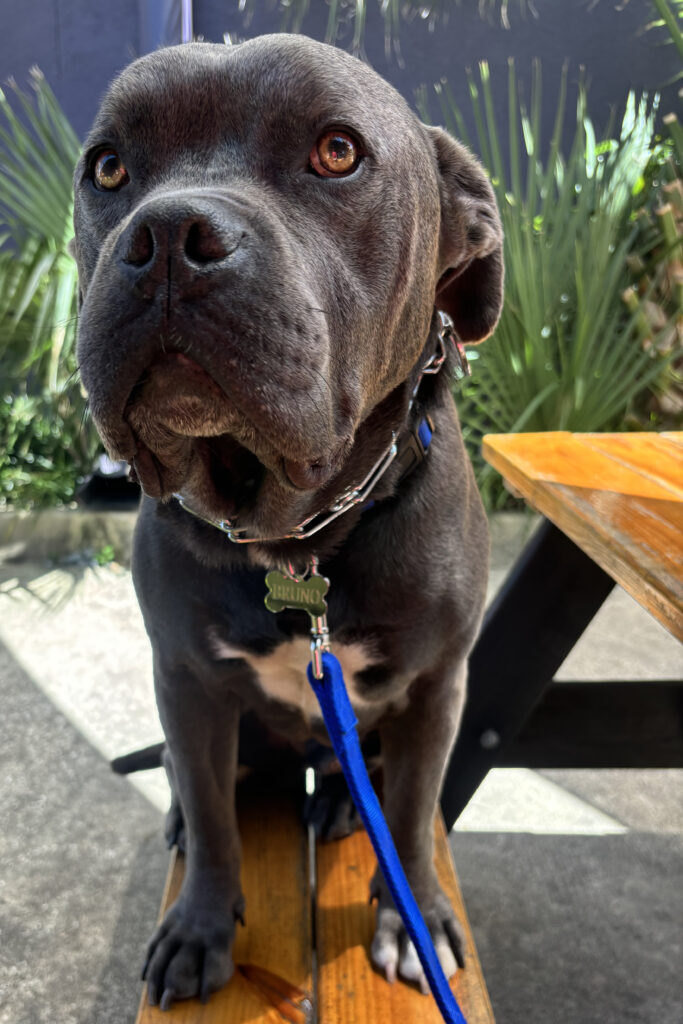
Lastly, we wrapped up the day at Dog Rose Brewery. Bruno proudly showed off his new name tag to everyone on the patio, strutting around with quite the swagger!


Comments are closed.